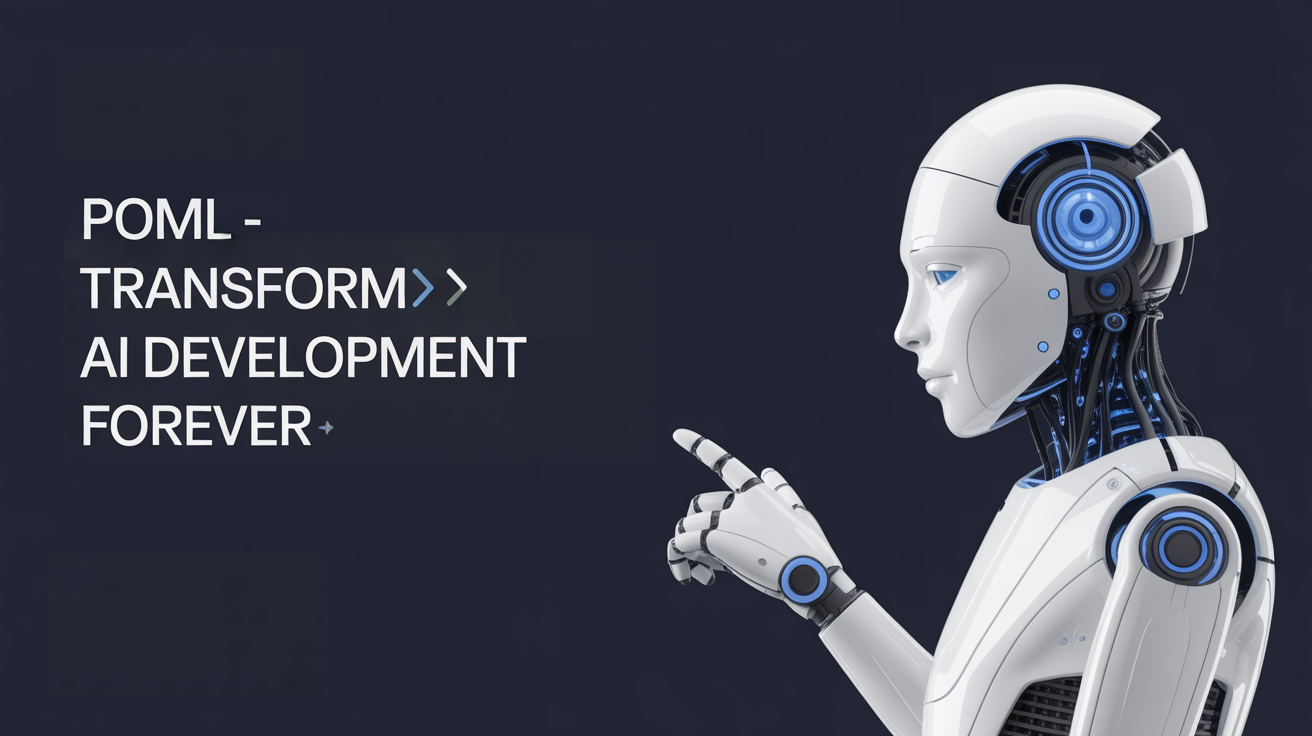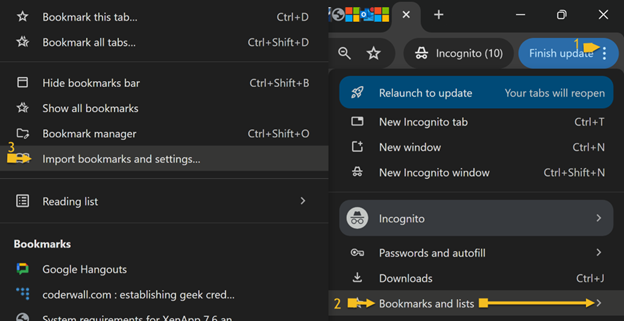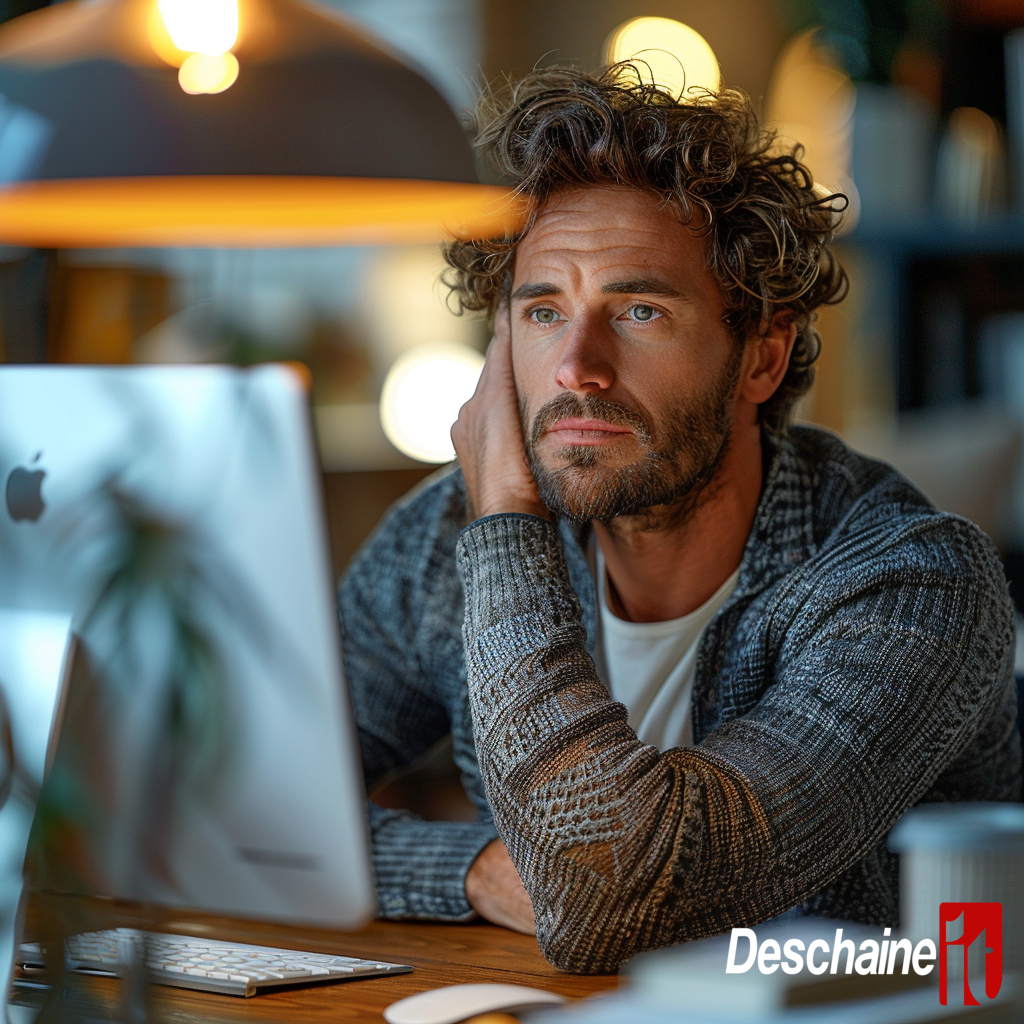
Streamline Your Multi-Cloud DevOps with Terraform and Deschaineit.ai
Managing infrastructure and deployments across multiple cloud providers can be complex and time-consuming. However, using Infrastructure as Code (#IaC, #Terraform) tools like Terraform can help streamline your multi-cloud DevOps processes. In this post, we'll look at how Terraform makes multi-cloud infrastructure management easier and how partnering with Deschaineit.ai can further optimize your setup.
The Benefits of Terraform for Multi-Cloud Ops
Terraform is a popular open source IaC tool from HashiCorp that allows you to define your infrastructure resources in configuration files. You can then use these files to automatically provision and manage infrastructure across public clouds like AWS, Azure, Google Cloud and Oracle Cloud Infrastructure (OCI) as well as private cloud and on-prem environments.
Some key benefits of using Terraform include:
Infrastructure as Code - Infrastructure is defined in easy to read, share and edit configuration files rather than through manual processes.
Execution Plans - Terraform shows you an execution plan before applying changes so you can preview infrastructure changes.
Resource Graph - Visualize relationships between resources to understand dependencies.
Change Automation - Complex changesets can be applied automatically for efficiency and consistency.
Multi-Cloud Support - Terraform supports all major cloud platforms including OCI so you can use a consistent workflow.
Ideal for Multi-Cloud - Terraform makes it easier to provision, manage and connect infrastructure across multiple clouds.
How to Get Started with #Terraform
To start using Terraform for your multi-cloud environment, follow these steps:
Install Terraform - Download and install the Terraform CLI on your local machine. Terraform runs locally to provision resources remotely.
Configure Providers - Set up provider configurations for the cloud platforms you want to manage like AWS, Azure, GCP and OCI. The provider config authenticates Terraform to provision resources.
Install Modules - Install and configure any Terraform modules you want to use from the public Terraform Module Registry or private modules. Modules encapsulate reusable infrastructure components.
Write Config Files - Write your infrastructure resources in Terraform config files (.tf files) using its declarative language. Reference modules and define resources like VMs, networks, Kubernetes clusters, etc.
Set up Remote State Storage - Configure a remote backend to store the Terraform state file (tfstate). This allows sharing state across a team. Popular options are S3, Terraform Cloud, Azure Storage.
Initialize Terraform - Run terraform init to initialize a new or existing Terraform configuration. This installs required providers and modules and configures the remote state backend.
Preview Changes - Run terraform plan to preview the changes Terraform will make to match your config. Review the plan output to verify correctness.
Apply Changes - If the plan looks correct, run terraform apply to provision the infrastructure. Terraform will make API calls to create, update or delete resources per the plan and update the tfstate file.
The tfstate file is critical - it maps Terraform config resources to real-world infrastructure. Storing this state remotely ensures consistency and enables collaboration.
Partnering with #Deschaineitai, #DevOps, #CloudConsulting
While Terraform provides excellent infrastructure automation capabilities, it requires expertise to set up properly across multiple clouds and environments. This is where partnering with specialized #DevOps consultants like Deschaineit.ai can help.
Deschaineit.ai offers end-to-end consulting for Terraform and can help with:
Designing and planning Terraform architecture for your multi-cloud environment including OCI
Configuring Terraform providers and remote state storage
Writing and testing Infrastructure as Code configurations
Setting up CI/CD pipelines for automated deployments
Establishing best practices and standards for Terraform code
Providing training for your team on Terraform workflows
Managing and troubleshooting issues with your Terraform setup
With deep expertise in Terraform and public cloud platforms including Oracle Cloud, Deschaineit.ai can properly design, implement and support a robust Terraform framework tailored for your infrastructure needs across multiple clouds.
Realize the Benefits Faster
Implementing Terraform across public cloud environments provides immense benefits but can be complex to set up. By engaging cloud experts like Deschaineit.ai, you can realize the benefits of automated multi-cloud infrastructure faster and optimize your #DevOps processes. Contact Deschaineit.ai today to discuss how we can help streamline your multi-cloud infrastructure management with Terraform.














.png)















